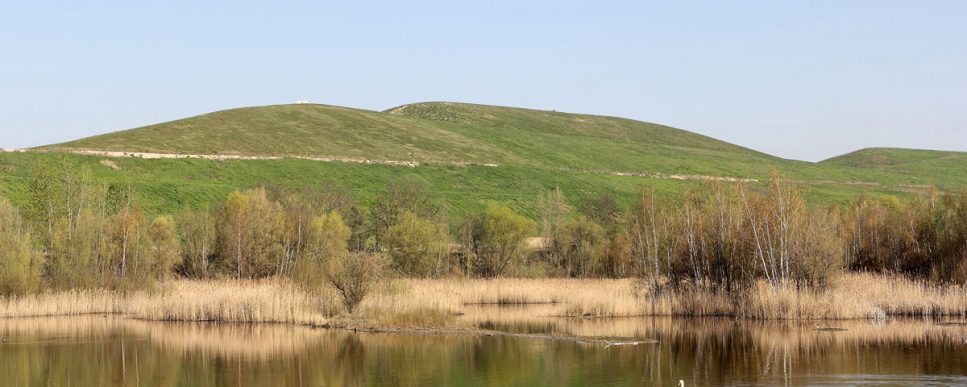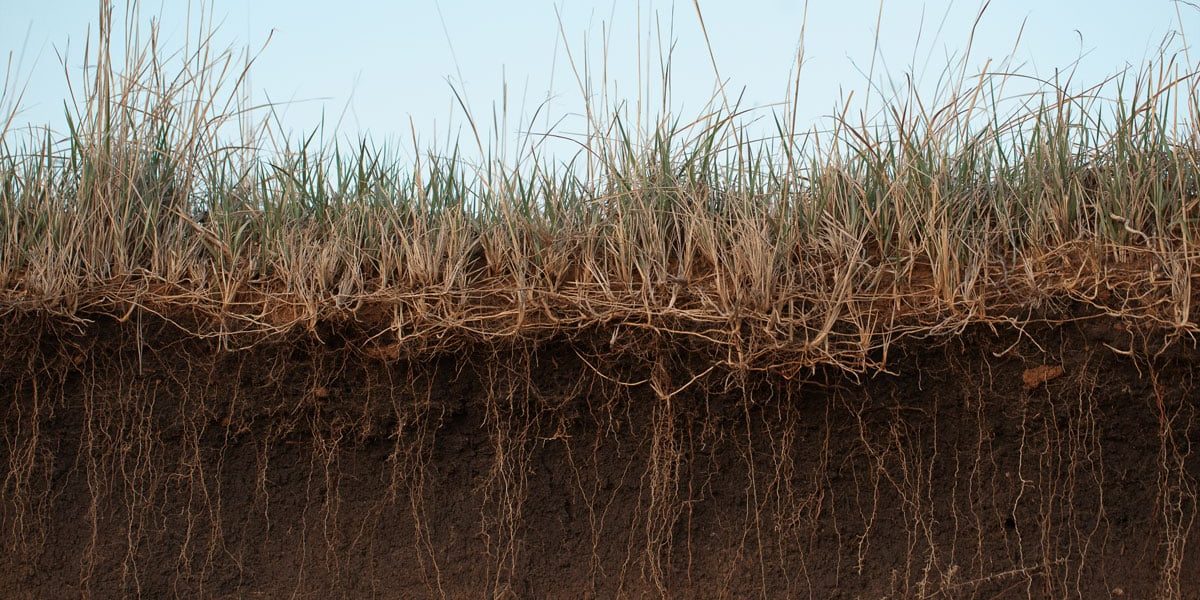
The Importance of Timing Revegetation Projects

From meeting environmental remediation requirements, controlling erosion, reducing land degradation, and enhancing and re-establishing Australia’s unique landscapes, the benefits of revegetation are many.
The key to a successful revegetation project rests in the timing and identifying the perfect timeline for your project requires careful consideration.
Understanding the purpose of the revegetation project, utilising the right techniques, adequate site preparation and sourcing suitable plants are all essential factors in ensuring a positive outcome. However, all these factors are underpinned by the indisputable importance of timing them correctly. Ignoring this can be a very costly and, ultimately, time-consuming oversight.
So, why should you consider timing when it comes to revegetation?
Climate
Optimal climate conditions for revegetation will vary across Australia. These conditions will inform the most suitable plant species for a project, and the times at which planting should occur. Newly planted seedlings may require protection from harsh climatic conditions, such as wind or direct sun. Anticipating these circumstances and timing around them is the first step to achieving successful rehabilitation.

Soil
A thorough assessment will help you understand the type of soil/s, structure, and health of your site. Soil type and moisture retention will have a considerable impact on the success of a chosen revegetation technique, for example, Hydroseeding versus Hydromulching. Soil type will also influence planting time. For instance, soils with less water holding capacity will mean seedlings are more dependent on follow-up rainfall, so planting will need to be timed accordingly. In soils with better moisture-holding capacity, seedlings require little follow-up rainfall after planting (if the soil moisture conditions are at or near their optimum at the time of planting), again affecting planting time.
Ultimately, with the soil erosion that occurs following human activity, soil health and good quality topsoil are fundamental to a revegetation process. Allocating time for soil amendment programs, such as EnviroSoil, is a great way to secure the longevity of your project. The reviving of depleted soil and application of a nutrient-rich topsoil replacement can ensure sustainable plant growth, helping you achieve your revegetation goals.
Weeds
Competing with other plants for soil moisture, nutrients, and light, weeds are nasty business and, unless properly controlled, can be a bad omen for revegetation projects.
Timing your weed control is critical. You’ll need to be prepared for summer weeds (especially after rains) and winter weeds – some grasses may require spraying 12 months before planting. Understanding your site’s weeds, their habitats and life cycles is important. When do they grow, flower and seed?
For example:
“Sweet Bursaria (Bursaria Spinosa), Prickly Currant Bush (Coprosma quadrifida), Tree Violet (Hymenanthera dentata) and Cypress-pine (Callitris spp.) are known to germinate during the short, cold days of winter and therefore should be sown in early winter, not spring, to be certain they receive the required environmental triggers for germination.”[1]
You can consider weed control in three stages over the course of your revegetation project:
1) Before vegetation: A weed free area prior to planting can assist with site preparation and allow more soil moisture to be stored for new seedlings.
2) During vegetation: Weeds present at the time of planting will be using moisture and may smother seedlings, so must be controlled.
3) After vegetation: Control of late germinating weeds is necessary to prevent competition with new seedlings at the crucial stages of their development.
Thorough, and concerted, weed control, timed correctly, can increase seedling survival by 100% and growth rate by 70%.

Project monitoring
Finally, it comes time to monitor your project. Timing regular, consistent reviews of your revegetation site will allow for quick action in addressing any issues, ensuring the sustainability of your project.
Unfortunately, you may not have the capacity to monitor revegetated areas, or monitoring is undertaken over a short time period with few repeat visits. However, monitoring is a vital component to revegetation project timelines.
That’s where drone services come in – modern revegetation projects demand modern monitoring solutions! At Spray Grass Australia, we utilise drones with Normalised Difference Vegetation Index (NDVI) multispectral cameras. These give the ability to assess growth quality, recognise problem areas, and provide information on invasive pests and water use.
The early identification of any problems, or opportunities for improvement, allow for a quick response. For example, the key to eradicating invasive pests is to act promptly – early identification through monitoring is your solution. Or, should areas of underperformance be uncovered in monitoring imagery, we can arrange for drones to apply fertiliser, encouraging healthy growth.
A final word on timing
There is a lot to consider when it comes to the timing of revegetation across a range of different factors, from environmental to project planning.
With every unique revegetation project needs to come a tailored solution, optimised for your site. Contact us for a customised solution with proven results.
[1] Corr, K 2003, Revegetation Techniques, Greening Australia Victoria

